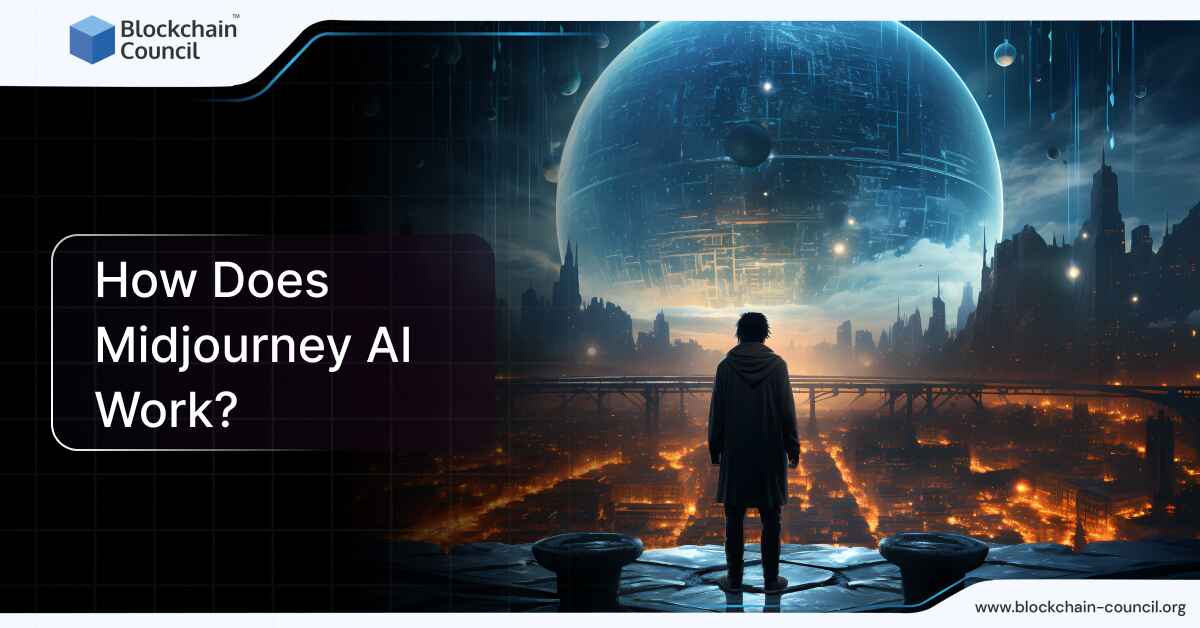
- Blockchain Council
- January 16, 2025
Midjourney AI
Midjourney AI is a generative artificial intelligence program developed by a San Francisco-based independent research lab. It specializes in creating images from textual descriptions, akin to DALL-E by OpenAI and Stable Diffusion by Stability AI. Midjourney has been pivotal in the AI innovation landscape, significantly contributing to the generative AI space by offering unique capabilities in image generation.
Over time, Midjourney has evolved, with its versions improving from the initial release in February 2022 to the latest, version 6, launched in December 2023. Each version has brought advancements in image quality, stylization, and the ability to interpret prompts more literally or creatively depending on the model. Unique models like Niji, developed in collaboration with Spellbrush, offer specialized styles such as anime and illustration, showcasing Midjourney’s versatility in generating art across a broad spectrum of aesthetics.
Also Read: What is Midjourney AI?
How Does Midjourney AI Work? A Step-by-Step Guide
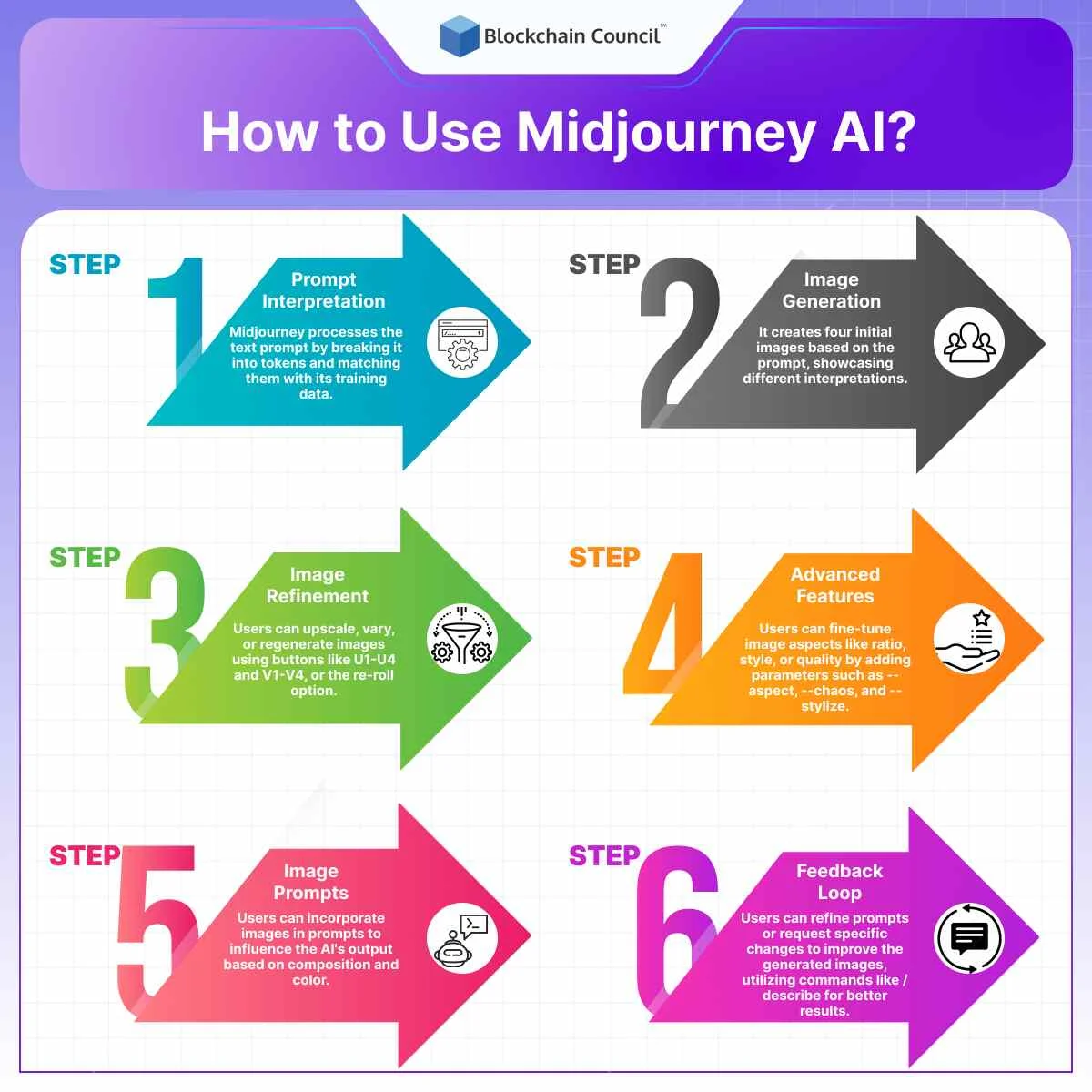
how to use midjourney ai
Midjourney operates exclusively through a Discord bot, accessible via its official server or by direct messaging the bot. The process to generate images is straightforward yet powerful. Here’s a step-by-step guide on how Midjourney works:
Step 1: Prompt Interpretation
Midjourney starts by interpreting the text prompt you provide. It breaks down the prompt into smaller components, known as tokens, which are then matched against its vast training data.
Step 2: Image Generation
After processing the prompt, Midjourney generates four initial images. This response typically takes about a minute. Each of these images is an AI’s interpretation of the prompt, offering a variety of visual representations based on the input.
Step 3: Image Refinement
Once the initial images are generated, you have several options to refine or alter the images to better meet your vision:
- U buttons (U1-U4): These buttons allow you to upscale an image, enhancing its resolution and detail.
- V buttons (V1-V4): With these, you can create slight variations of your chosen image, potentially adjusting its composition or style.
- Re-roll: This option lets you regenerate the images using the original prompt, providing a new set of interpretations.
Step 4: Advanced Features and Commands
Midjourney also supports advanced features like adding parameters to prompts, which can alter aspects like the image’s aspect ratio, style, or quality. Parameters such as –aspect, –chaos, and –stylize offer control over the aesthetic and composition of the generated images.
Step 5: Image Prompts
Apart from text prompts, you can also use images as part of your prompt. This feature allows the AI to consider the composition, design, and color scheme of an existing image, which can then influence the generated artwork.
Step 6: Feedback Loop
Midjourney allows for a feedback loop where users can refine their prompts based on the generated images. For instance, if the proportions in an image are not quite right, users can request a detailed upscale or a redo. Additionally, the /describe command can help users understand how Midjourney interprets different images, providing insights that can be used to adjust future prompts.
Also Read: What is Janitor AI?
Understanding the Technology Behind Midjourney AI
Midjourney AI stands at the forefront of generative artificial intelligence, leveraging a blend of cutting-edge technologies to transform natural language descriptions into vivid images. At its core, this transformative process is powered by the following:
- Machine Learning and Artificial Neural Networks: The foundation of Midjourney’s AI lies in its sophisticated use of machine learning and artificial neural networks. These technologies enable the AI to learn from vast datasets comprising millions of images. Through exposure to these images, the AI learns to recognize and replicate complex patterns, shapes, colors, and textures, akin to teaching a child to recognize objects. This learning process allows the AI to construct images from scratch, starting from an initial “seed” resembling television static and gradually building up to a complete image through stages of construction.
- Generative Adversarial Networks (GANs): Midjourney further refines its image generation capabilities through the use of Generative Adversarial Networks. GANs consist of two parts: a generator that creates images and a discriminator that evaluates them. This interplay ensures that the generated images increasingly align with the input prompt, enhancing the AI’s ability to produce high-quality, detailed images that meet the user’s specifications.
- Reinforcement Learning from Human Feedback (RLHF): Another critical component of Midjourney’s technology stack is the use of reinforcement learning from human feedback. This approach involves human evaluators who rank the AI’s outputs, providing a form of “reward” that helps shape the AI’s understanding of human values and preferences. Through this feedback, the AI learns to generate outputs that are more closely aligned with human expectations and artistic sensibilities.
Also Read: How Does Character AI Work?
How to Access and Use Midjourney AI
Accessing and using Midjourney AI involves several straightforward steps, primarily centered around Discord, a popular communication platform. Here’s how you can start generating images with Midjourney AI:
| Step | Description |
| Join the Midjourney Discord Server | Midjourney operates through a dedicated bot on Discord. Users need to join the official Midjourney Discord server to access the AI. |
| Navigate to Newbie Channels | Once on the server, head to one of the newbie channels, such as #newbies-1, #newbies-31, etc., to start creating images. These channels are specifically designed for new users. |
| Use the /imagine Command | To generate an image, use the /imagine command followed by your prompt in the chat. The AI will then process your prompt and generate a set of four images. |
Midjourney AI’s technology stack likely includes programming languages such as Python and Java, alongside machine learning frameworks like TensorFlow and PyTorch. It also utilizes cloud-based services and databases to manage the large volumes of data required for training and operating the AI models.
Tips for Crafting Effective Prompts for Midjourney AI
To create effective prompts that lead to captivating and high-quality images with Midjourney AI, consider honing your skills in prompt engineering. A deeper understanding of how to communicate with AI can significantly enhance the outcomes of your creative projects. For those interested in mastering this craft, pursuing a certification such as the Certified Prompt Engineer™ offered by the Blockchain Council could be a game-changer. This program is designed to equip you with the knowledge and skills necessary to craft precise and effective prompts, ensuring that the AI accurately interprets your creative vision.
Also Read: What are Agents in Artificial Intelligence (AI)?
Conclusion
In conclusion, the journey through the realm of Midjourney AI has been nothing short of extraordinary. With its vast user base, innovative features, and unparalleled engagement, Midjourney continues to redefine the boundaries of what AI can achieve. As we look towards the future, it’s evident that Midjourney will remain at the forefront of technological innovation, driving progress and shaping industries in profound ways.
By harnessing the power of generative adversarial networks, deep learning, and neural networks, Midjourney AI stands at the forefront of the AI-driven creative revolution. Whether you’re a seasoned AI enthusiast or a newcomer to the field, Midjourney offers a wealth of opportunities for learning, collaboration, and growth. The journey through the world of AI-generated art is just beginning, and the possibilities are as limitless as our own creativity.
FAQ’s
What is Midjourney AI?
- Midjourney AI is a generative artificial intelligence program developed by a San Francisco-based independent research lab.
- It specializes in creating images from textual descriptions, similar to DALL-E by OpenAI and Stable Diffusion by Stability AI.
- Midjourney has evolved over time, with improvements from its initial release in February 2022 to the latest version 6 launched in December 2023.
- Its versatility is showcased through unique models like Niji, which offer specialized styles such as anime and illustration.
How does Midjourney AI work?
- Midjourney operates exclusively through a Discord bot, accessible via its official server or by direct messaging the bot.
- The process involves prompt interpretation, where Midjourney breaks down the text prompt into smaller components called tokens and matches them against its training data.
- It generates four initial images based on the prompt, offering a variety of visual representations.
- Users can refine or alter the images using options like upscaling, creating variations, or requesting a re-roll for new interpretations.
What technologies power Midjourney AI?
- Midjourney’s AI is powered by machine learning and artificial neural networks, enabling it to learn from vast datasets comprising millions of images.
- Generative Adversarial Networks (GANs) further refine its image generation capabilities by evaluating and improving the quality of generated images.
- Reinforcement Learning from Human Feedback (RLHF) plays a crucial role, where human evaluators rank the AI’s outputs, helping it understand human values and preferences.
- Programming languages like Python and Java, alongside machine learning frameworks like TensorFlow and PyTorch, likely form part of Midjourney’s technology stack.
How can users access and use Midjourney AI?
- Users can access Midjourney AI by joining its official Discord server.
- Once on the server, they can navigate to designated channels for new users, such as #newbies-1, to start creating images.
- To generate an image, users can use the /imagine command followed by their prompt in the chat.
- Midjourney also supports advanced features like adding parameters to prompts for refining aspects like aspect ratio, chaos, and stylization.
What can I do with Midjourney AI?
- Generate images from textual descriptions.
- Refine and alter generated images using options like upscaling and creating variations.
- Use parameters to control aspects like aspect ratio, chaos, and stylization.
- Utilize image prompts and feedback loop for iterative refinement of prompts.

































































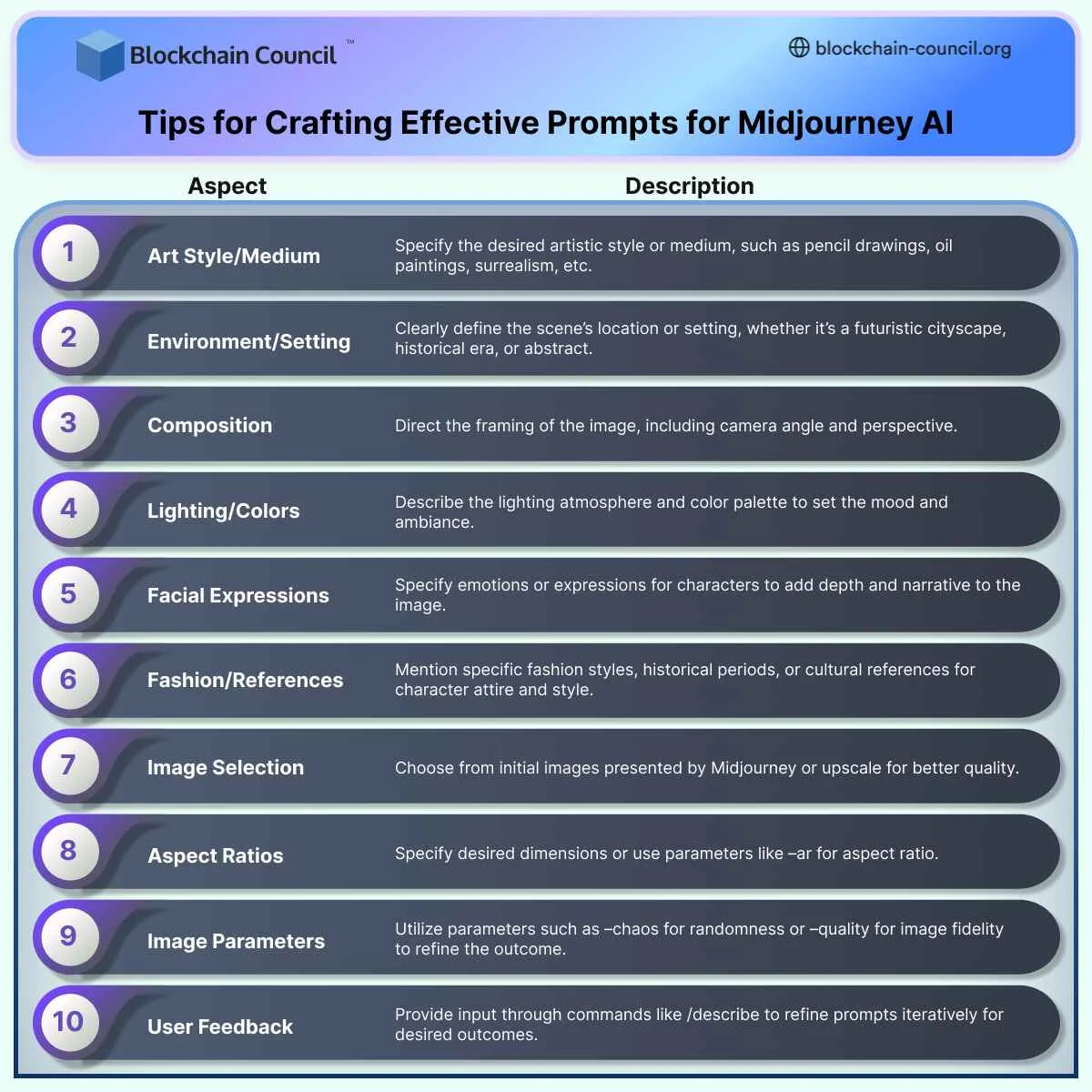


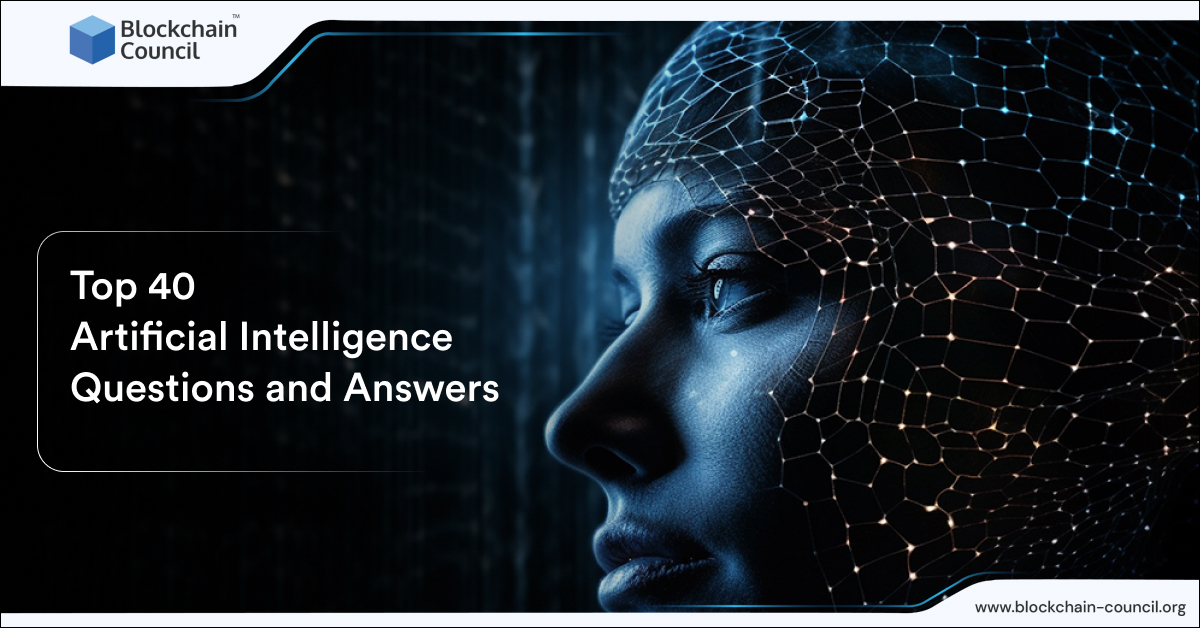
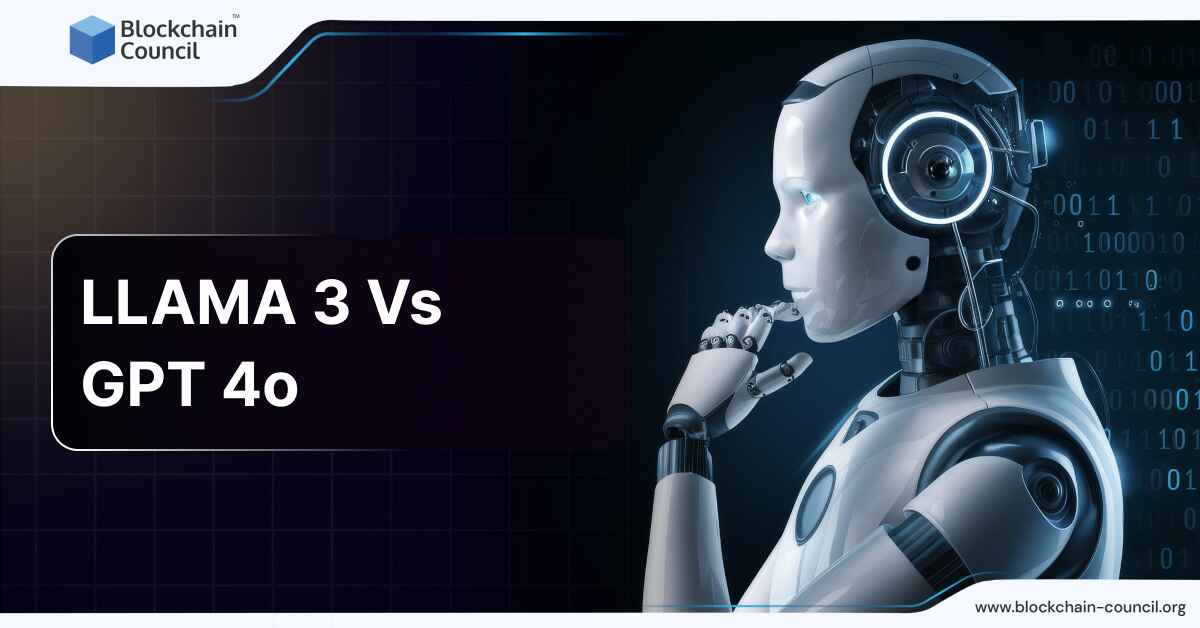
 Guides
Guides News
News Blockchain
Blockchain Cryptocurrency
& Digital Assets
Cryptocurrency
& Digital Assets Web3
Web3 Metaverse & NFTs
Metaverse & NFTs
